 Weird Stuff
Weird Stuff  Weird Stuff
Weird Stuff  Mysteries
Mysteries 10 Tragic Disappearances and Deaths in Joshua Tree National Park
 History
History 10 Ways Childhood Really Sucked in the Old West
 Music
Music 10 Name Origins of Famous Bands from the 1990s
 Religion
Religion 10 Biggest Turnarounds by the Catholic Church
 Weird Stuff
Weird Stuff 10 Unbelievable Times Laws Had Unintended Consequences
 Humans
Humans Ten Historic Women Who Deserve Way More Credit Than They Got
 Movies and TV
Movies and TV 10 Films That Spawned Major Lawsuits
 History
History Ten Times Towns Were Wiped Off the Face of the Earth
 Creepy
Creepy 10 of the Most Disturbingly Haunted Public Houses in the UK
 Weird Stuff
Weird Stuff 10 Niche Subcultures That Are More Popular Than You Might Think
 Mysteries
Mysteries 10 Tragic Disappearances and Deaths in Joshua Tree National Park
 History
History 10 Ways Childhood Really Sucked in the Old West
Who's Behind Listverse?

Jamie Frater
Head Editor
Jamie founded Listverse due to an insatiable desire to share fascinating, obscure, and bizarre facts. He has been a guest speaker on numerous national radio and television stations and is a five time published author.
More About Us Music
Music 10 Name Origins of Famous Bands from the 1990s
 Religion
Religion 10 Biggest Turnarounds by the Catholic Church
 Weird Stuff
Weird Stuff 10 Unbelievable Times Laws Had Unintended Consequences
 Humans
Humans Ten Historic Women Who Deserve Way More Credit Than They Got
 Movies and TV
Movies and TV 10 Films That Spawned Major Lawsuits
 History
History Ten Times Towns Were Wiped Off the Face of the Earth
 Creepy
Creepy 10 of the Most Disturbingly Haunted Public Houses in the UK
10 Surprising Facts About Contraception
You may think the only surprise about contraception is finding out that your method didn’t work and you have a little one on the way. But over the last few years, medical research has upended some of our beliefs about sex and birth control.
10Pill Use May Influence A Woman’s Choice Of Sexual Partner
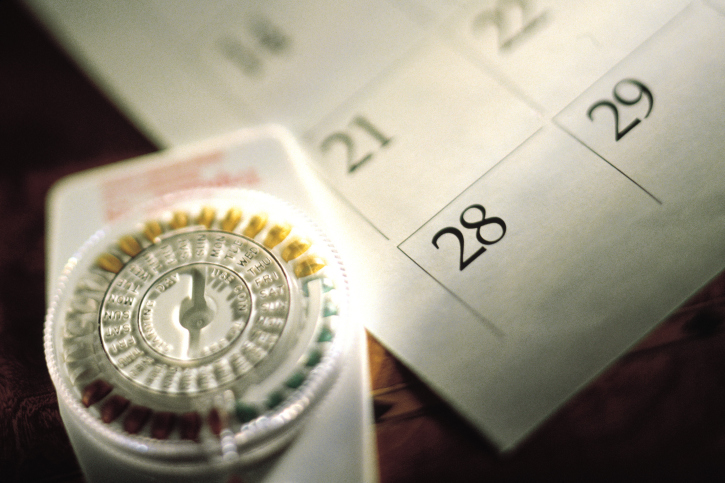
Studies have repeatedly shown that women are more attracted to typically “masculine” men when they ovulate. Some researchers believe this preference evolved so that women would be attracted to good providers with larger, stronger bodies. Specifically, ovulating women want men who are tall, broad-shouldered, dominant, competitive, and highly intelligent.
Then the pill happened. With over 60 million women now using birth control pills worldwide, evolution may be taking a psychophysical turn. That’s because the pill interferes with normal fertility by preventing ovulation. So, in general, women on the pill don’t experience the same attraction to more masculine men that women off the pill do during ovulation. At least, that’s what a recent study in the Journal of Sexual Medicine suggests.
Think what this means for the evolution of mankind. The more masculine “man’s man” may die out as women on the pill breed with less masculine men. Then again, when women go off the pill to conceive, their attraction to more masculine men may reignite. With fewer masculine men around, how will all the ovulating women satisfy their desires? Don’t panic just yet though—an earlier study from the UK found that, while women on the pill were attracted to less masculine men for a brief fling, they were actually more likely to chose traditionally “macho” men for a long-term relationship.
9A Woman’s Sexual Satisfaction May Depend On How She Takes The Pill

But the pill’s influence on a relationship doesn’t stop with a woman’s choice of man. Another study looked at women’s satisfaction with long-term relationships according to their pill usage.
In a non-sexual context, it didn’t matter. On the pill or off the pill, non-sexual satisfaction stayed the same. But sure enough, that pesky pill did mess with women’s sexual satisfaction under certain circumstances. If a woman stayed on the pill or off the pill during the entire relationship, her sexual satisfaction with her partner was greater than a woman who either began or stopped using the pill during the relationship.
That means women may become less satisfied—or even dissatisfied—with their long-term partners if they change their pill usage during the relationship. So if you’re a man trying to win back your woman’s affection, you may want to skip the candy, flowers, and jewelry. Just buy her some birth control pills.
8Overweight Women Are More Likely To Experience Birth Control Failure
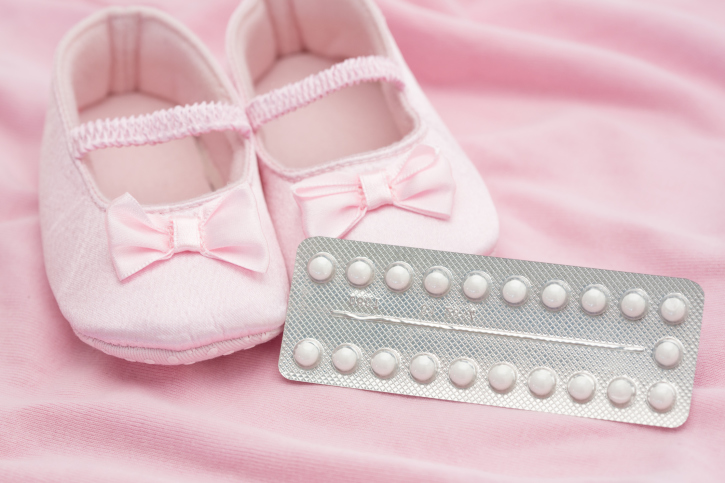
Among women who use birth control pills as their primary method of contraception, the risk of unintended pregnancy is 60 percent greater for those with a body-mass index (BMI) of at least 27.3 and 70 percent greater for obese women with a BMI of at least 32.2.
BMI measures body fat using height and weight. A BMI between 25 and 29.9 usually signifies a woman is overweight; a BMI of 30 or more suggests a woman is obese. But BMI is not a perfect calculation. For example, it can overestimate body fat in muscular people and underestimate body fat in older people.
Nevertheless, researchers aren’t sure why overweight and obese women have a higher risk of unintended pregnancy. But they do have some theories. Heavier women have higher metabolisms, more liver enzymes, and greater body fat. These factors reduce the duration of the pill’s effectiveness and the amount of medication in the blood.
7Reality TV May Have Significantly Reduced Teen Pregnancies

We often complain that television negatively affects the behavior of young people with its depictions of sex and violence. But in at least one area, teen pregnancy, there’s evidence that reality TV has actually had a positive impact.
Two economists, Phillip B. Levine of Wellesley College and Melissa S. Kearney of the University of Maryland, studied the effect of MTV’s 16 and Pregnant and Teen Mom on teen births in the US. They used Google Trends and Twitter to see how teen viewers’ thoughts about birth control and abortion were influenced when these shows aired. They then used Vital Statistics Natality microdata to examine how the teen birth rate shifted during periods when the shows aired.
The researchers concluded that 16 and Pregnant, Teen Mom, and Teen Mom 2 did actually seem to cause a decline in teen births—perhaps as much as 5.7 percent from June 2009 until the end of 2010. This represents around one-third of the total decline in teen births during that period. Teen abortions also declined, implying that the fall in births came from fewer teen pregnancies instead of more abortions. If all this is true, these MTV reality shows took an at-risk group and altered their behavior in a positive way.
6The Pill For Men

Scientists have long been trying to develop a contraceptive pill for men. But so far, they haven’t been able to create a testosterone pill that stops sperm production while still permitting sexual function. When the dose of testosterone lets sexual function return, it also allows the production and release of sperm.
But all is not lost. Realizing that hormones aren’t the answer, scientists are now exploring new options for a male contraceptive pill. Based on mouse studies, they believe the answer is to block two proteins on the smooth muscle cells that fire off sperm during ejaculation. That means the sperm would still be there, but the muscle wouldn’t move it.
Unlike testosterone, which interferes with sexual function and can cause long-term infertility, this smooth muscle approach doesn’t affect the quality of sperm or a man’s sexual performance. But don’t get too excited just yet—it may still be up to a decade before such a pill is available.
5A Newer Female Sterilization Process Increases The Risk Of Pregnancy
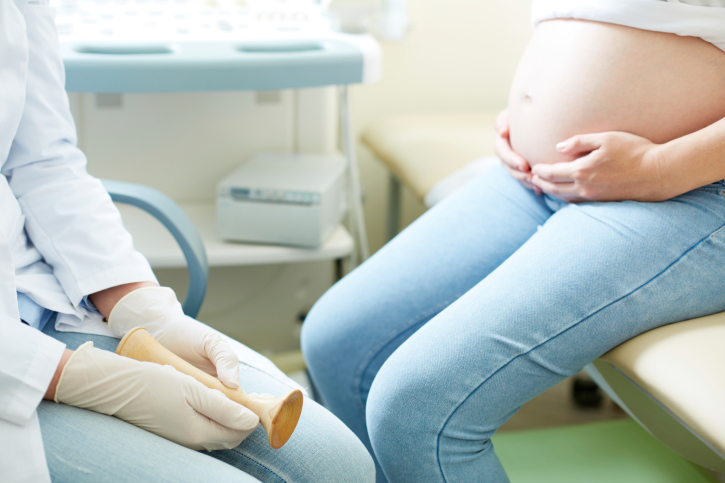
Sterilization is supposed to prevent pregnancy permanently. In the US, it’s the most common contraception method for women who are at least 35 years old. The traditional form is laparoscopic sterilization, but a new procedure, hysteroscopic sterilization, has recently gained popularity. The problem is that, during a 10-year period, this newer procedure leaves women over 10 times more likely to become pregnant than the older method.
So why would anyone choose hysteroscopic sterilization? Well, the procedure doesn’t require general anesthesia or an abdominal incision. Best of all, it can be done in a doctor’s office. But it’s not quite as easy as it sounds. First, a woman must have coils placed inside the opening of her Fallopian tubes. Next, the women has to use an alternate type of contraception for the next three months. Finally, doctors use a dye and X-rays to make sure the Fallopian tubes are blocked.
When compared to laparoscopic sterilization, which works immediately, the increased risk of pregnancy from hysteroscopic sterilization occurs mainly in the first year after the procedure, which does not become effective for at least three months. A percentage of patients may also fail to return for a follow-up appointment, which is necessary to determine if the procedure was effective.
4Teens Get Bad Information About The Morning-After Pill From Pharmacists

The morning-after pill is emergency contraception to prevent pregnancy after unprotected sex or birth control failure. But when pharmacy availability of the pills was studied, teens who were at least 17 years old still had problems getting the medication, which is legally available without a prescription.
In a study published in the Journal of Adolescent Health, researchers posing as 17-year-olds contacted 940 pharmacies across the US. According to the study, many pharmacy employees gave misleading or wrong information about the pill’s availability. In many cases, they claimed the teens would not be able to purchase it at all, even though they were legally entitled to.
Sometimes, the pharmacy staff simply got the age requirements wrong. Other times, employees prevented teens from buying the morning-after pill for ethical reasons or personal religious beliefs. Some staff members insisted that a boyfriend couldn’t get the prescription filled for a teen girl or that the girl had to be accompanied by a parent or legal guardian. The study author believes teens should stock the morning-after pill at home before it’s needed.
3A New Intravaginal Ring May Protect Against Pregnancy, Herpes, and HIV
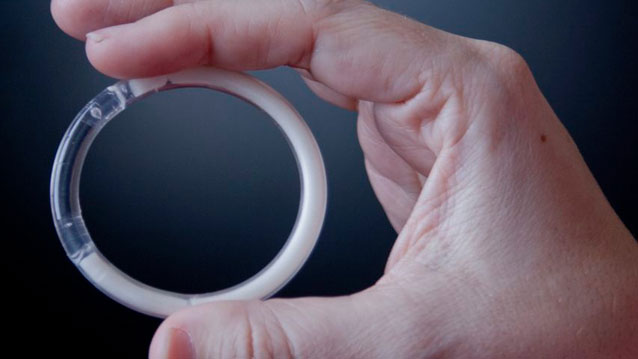
A new intravaginal ring form of conception will soon be tested in women. For three months, it delivers controlled doses of two drugs—tenofovir, an antiretroviral drug that protects against herpes and HIV, and levonorgestrel, a contraceptive that protects against unwanted pregnancy.
The ring is 5.5 centimeters (2.1 in) in diameter and is inserted into the vagina for three months. Building a ring that could deliver two such different drugs was something of a triumph for biomedical engineers. The daily dose of the highly water-soluble tenofovir is 10 milligrams. But the daily dose of the highly water-insoluble levonorgestrel is only 10 micrograms.
There are other ways to take these drugs. For example, antiretroviral drugs to prevent HIV can be taken as a daily pill. But the dose for a pill is higher than for an intravaginal ring and you have to remember to take it. So an intravaginal ring makes it easier for women to comply with a regimen that protects against pregnancy, herpes, and HIV for three months at a time.
2Parents Of Teen Girls Mostly Prefer One Type Of Contraception

According to a study from the University of California, parents prefer their teen daughters to use birth control pills rather than condoms, implants, intrauterine devices (IUDs), and other contraceptive methods.
Each parent’s preference was influenced by a number of factors: belief that the daughter was likely or unlikely to have sex, parenting beliefs, understanding of sexually transmitted diseases, and the parent’s own sexual health as a teenager. In order from most to least acceptable, the parents’ general preferences for their teen daughters’ contraception were: birth control pills, condoms, injectable birth control, the morning-after pill, transdermal patches, implants, and IUDs.
However, parents who believed their teenage daughters were likely to have sex tended to be more accepting of condoms and the morning-after pill. Parents who were more religious were less accepting of the morning-after pill. The researchers were surprised that more parents didn’t prefer condoms, since they are less invasive and protect against both pregnancy and STDs.
1That Old Myth About Going Blind If You Have Sex May Be True After All
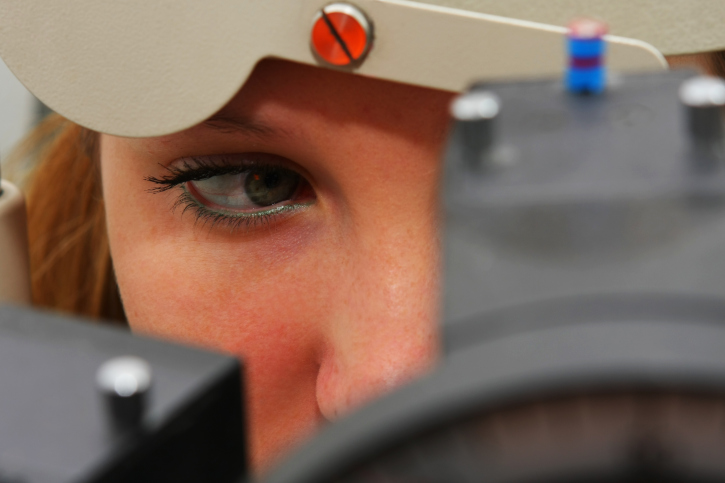
According to the American Academy of Ophthalmology, research has shown that women who take birth control pills for at least three years double their risk of developing glaucoma.
The 3,400 participants in the study were women at least 40 years old who lived in the United States. The researchers don’t know exactly how or why birth control pills contribute to the risk of developing glaucoma. But earlier studies found that estrogen levels may also contribute to glaucoma risk in a big way.
Other risk factors are age, a family history of glaucoma, African heritage, higher-than-normal eye pressure, and existing medical conditions like diabetes and high blood pressure. The researchers concluded that women who have taken birth control pills for at least three years should see an ophthalmologist for a glaucoma screening.








